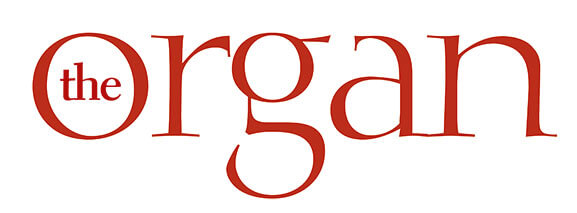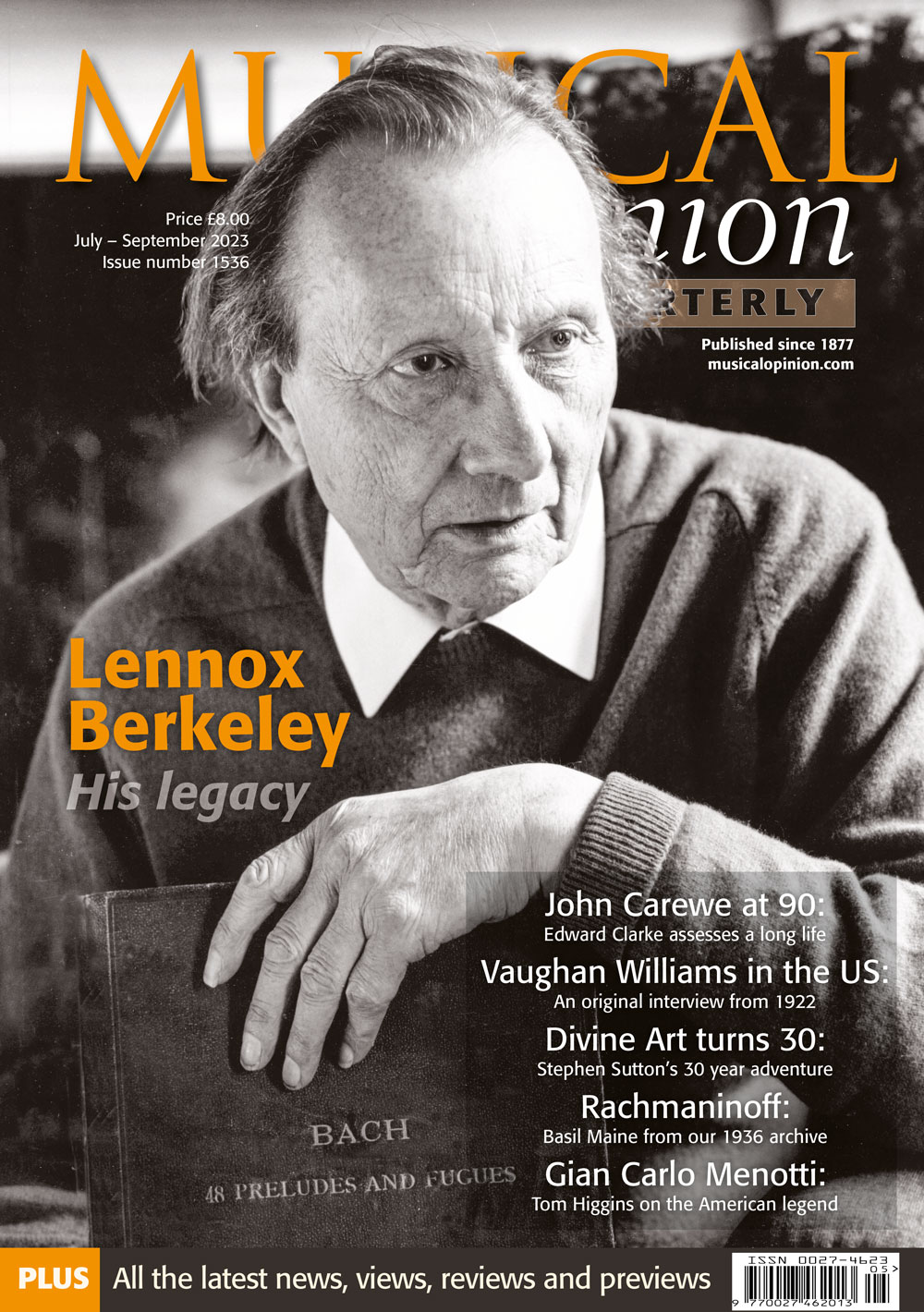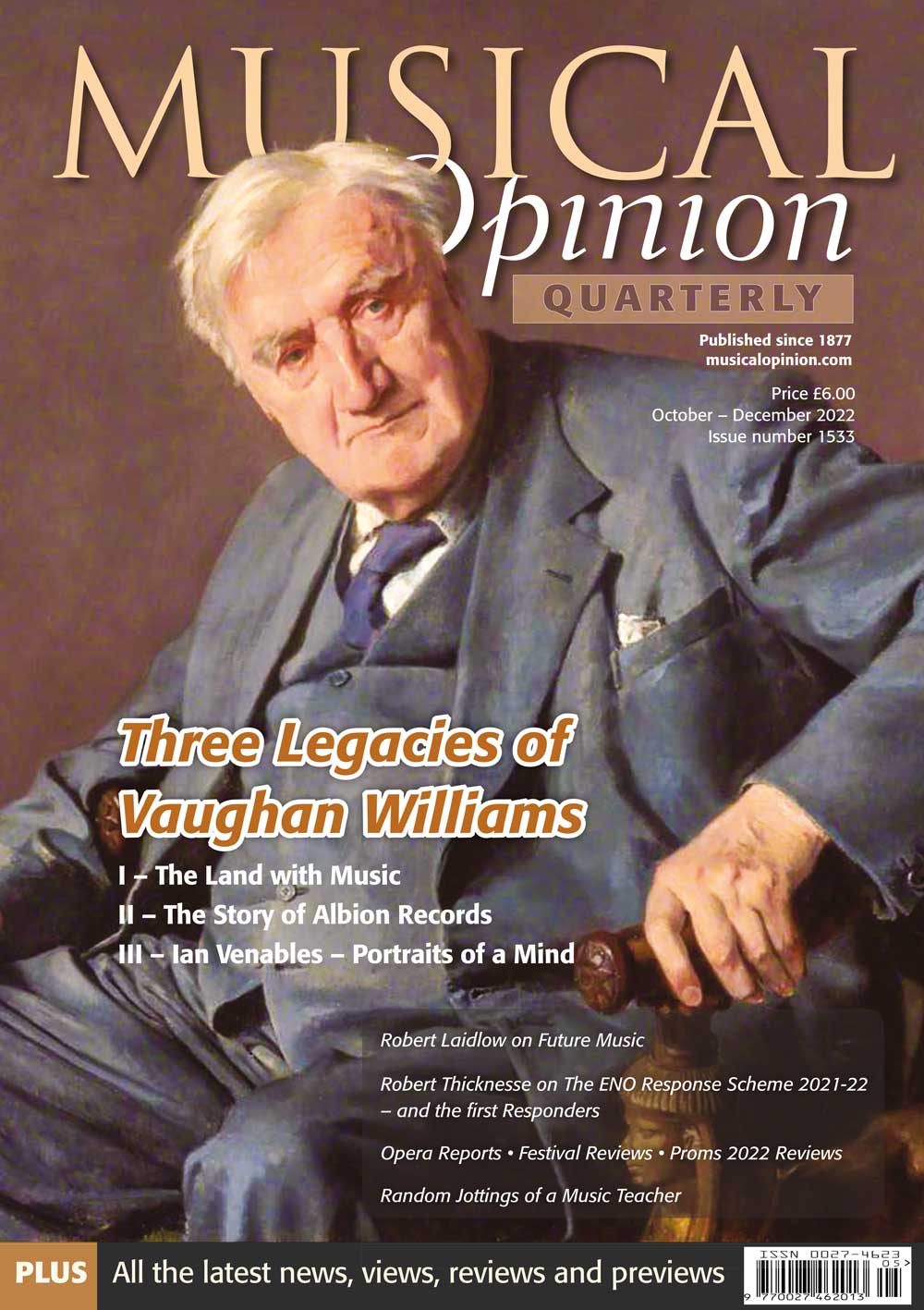Previous Issues
Autumn 2024. 410
Summer 2024. 409
Suite de Pièces pour Violon et Orgue
Spring 2024. 408
Winter 2024. 407
Autumn 2023. 406
Summer 2023. 405
Spring 2023. 404
Winter 2023. 403
Autumn 2022. 402
Summer 2022. 401
Spring 2021. 400
Winter 2021. 399
Autumn 2021. 398
Whilst staying at A4 size and 56 pages, the magazine has been completely redesigned with different fonts (more easy to read), bigger photopgraphs, more focus on things like specifications and more CD reviews of organ repertoire.
Summer 2021. 397
Winter 2021. 395
Spring 2021. 396
Autumn 2020. 394
Summer 2020. 393
Spring 2020. 392
Explore By Topic
Autumn 2018. 385
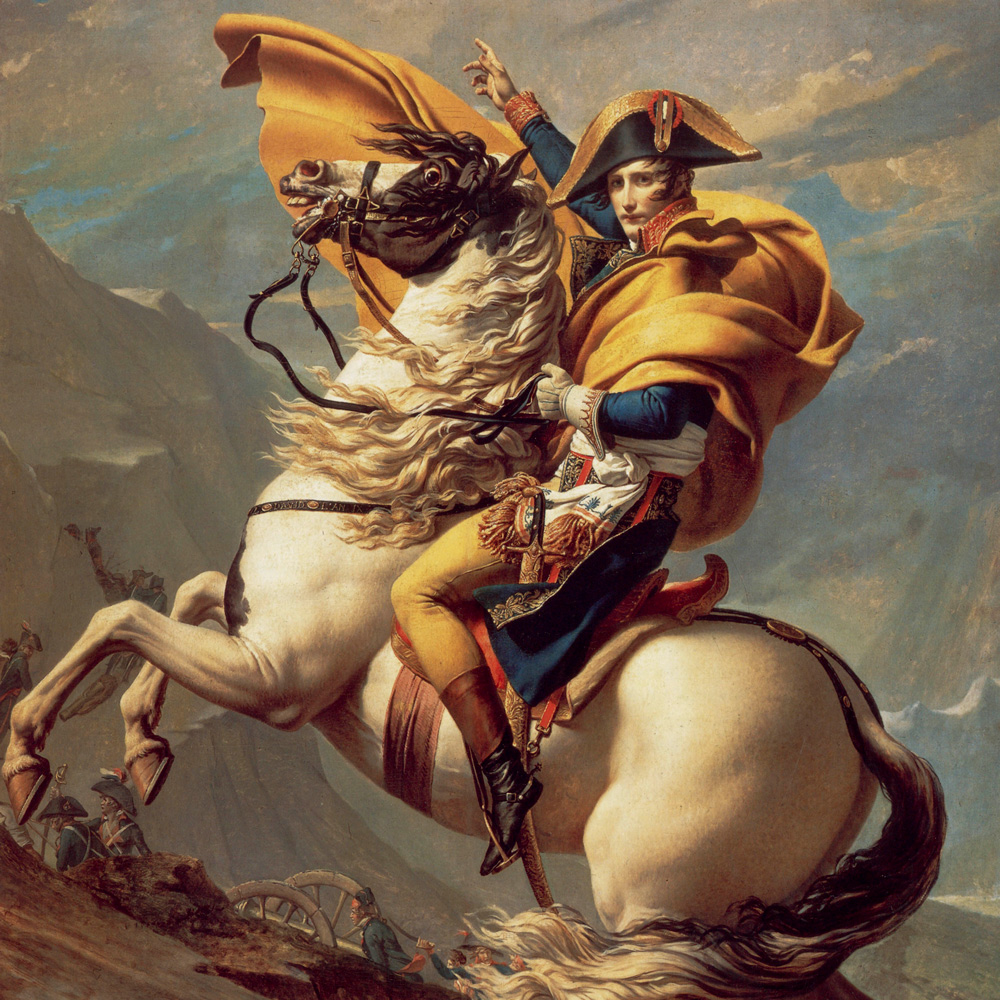
Romantic Tendencies in 19th-century Organ Building in Europe
Michal Szostak
Before considering the more detailed characteristics of trends in organ building in the three main centres of the 19th-century Europe, I begin with a general outline on historical and cultural changes in the wider field of music during this period.
The nineteenth century is extremely diverse in its phenomena and tendencies, often marked by the coexistence of opposing currents. The French Revolution (1789-1799) and the so-called “Coalition Wars” (1799-1815) conducted against France under the rule of Napoleon Bonaparte (1769-1821) ploughed the social order of Europe and affected widely all aspects of life – not only for the inhabitants of the country on the Loire. After a period of temporary restoration of the old order and the presence of significant conservative forces, subsequent social revolutions in France in 1848 (the ‘Spring of Nations’) were followed by a general democratisation. In economic and social terms, especially in France and England, it was a period of industrialization (the rise of steam engines, the development of railroads, use of natural gas, the invention and wide application of electricity) and deepening of social differences (more heavily populated cities, a general increase of poverty, isolation and loneliness of individuals in anonymous societies with rising fortunes of industrialists). France was the largest country in Europe in the 19th century, both in terms of area and population. WITH FULL SPECIFICATIONS
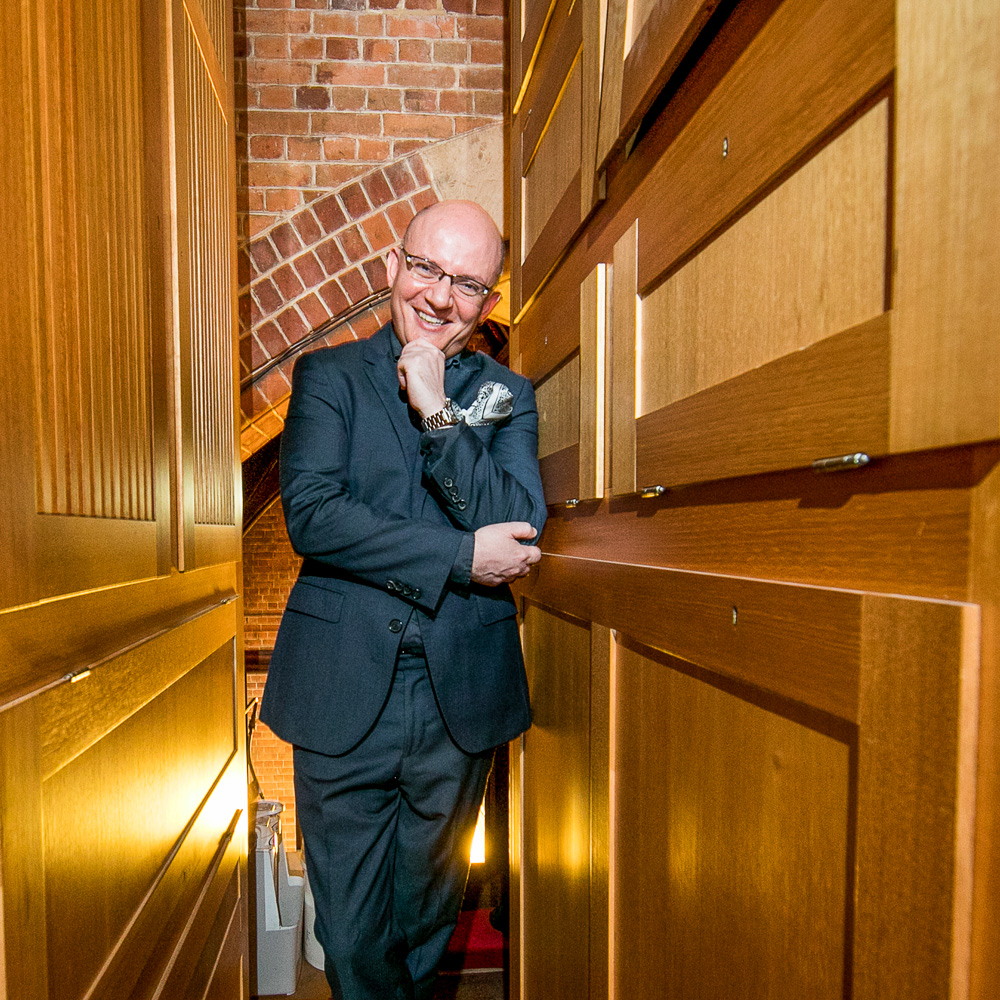
On recording the Christian Müller organ at Sint Bavokerk, Haarlem – some personal observations
Joseph Nolan
I am very pleased to have been invited to write about my experiences recording my tenth organ disc for Signum Records at St Bavo, Haarlem.
The history of the 1735-8 Christian Müller organ is very well documented in print and online, so I will focus on the choice of repertoire for the disk and my personal observations regarding the physicality of playing this historic instrument.
The recording nights were booked in for the 26th and 27th September 2017 with two earlier opportunities for rehearsal on the 24th and 25th September. Whilst waiting at the church entrance for the first rehearsal with my travelling companions, David and Fo Mason, we observed what a pretty city Haarlem is, with a bustling alfresco restaurant scene surrounding the Church.
The organ’s custodian, Anton Pauw, welcomed us and proved throughout the whole experience to be a delightful host. We walked around from the kitchen street entrance into the nave of the church presenting the us with the first view of the organ. The sheer magnificence of the case was breathtaking. Despite the organ case being cited as the most photographed in the world, and a case I had seen in pictures many times, nothing quite prepares you for its sheer scale when stood before it.
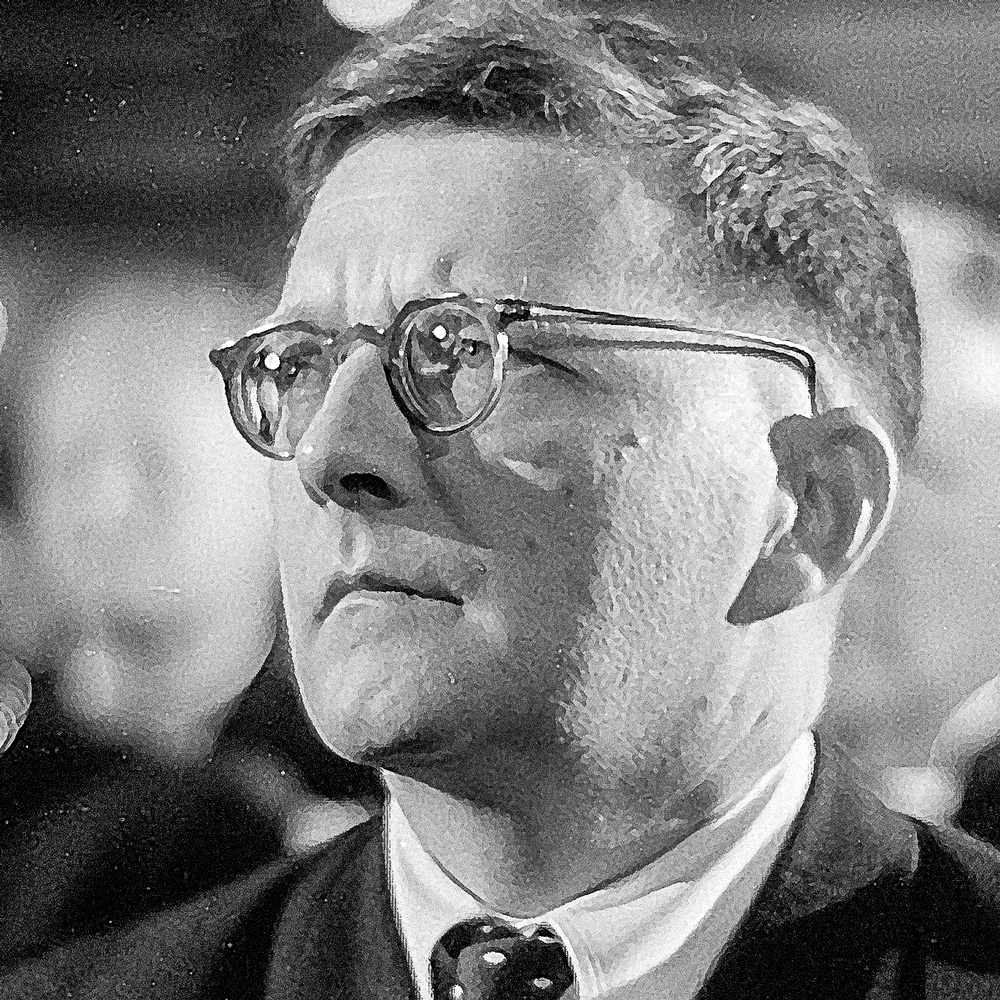
Some rarely-encountered 20th-century masterworks for organ by Shostakovich, Hindemith, Pärt and Anton Heiller
Iain Quinn
The repertoire of Russian organ music is understandably smaller than many other countries because the instrument is not included in Orthodox liturgies. However, Tchaikovsky and Prokofiev attended the organ classes at the St. Petersburg Conservatory and there are many concert halls with organs. The extant works by Russian composers begin with short fugues of Glinka and continue with pieces of Gliere, Glazunov, Gretchaninoff and, if harmonium repertoire is also considered, Cui, among the most prominent names in the larger musical world. In addition to the Passacaglia from the opera Lady Macbeth of the Mtsensk District (1934), there are also two short organ pieces that Shostakovich (1906-1975) wrote for the film The Gadlfy (recorded on The Tsar of Instruments, Chandos). However, the Passacaglia was originally written to be performed at the end of the fourth scene of the second act of the opera, after the father-in-law she has just poisoned names Katerina Ismailova as a murderess. It portrays the psychological anguish that she succumbs to in an especially visceral musical evocation.

Reformation in the land of Organs 1517-1619
Professor Dr Fred Van Lieburg
“Travelling through the low countries by the sea, one sometimes thinks: The Netherlands … country of organs.” This is the way Mr. Arie Bouman (1911-1999) explained the title that he gave in 1964 to the third, totally reworked edition of his book about the rich inventory of organs in contemporary Netherlands. The first edition had appeared in 1943. In the back of his book he published a Land of Organs Map, consisting of a list of 389 pipe organs worthy of preservation, listed by province. One can also arrange this chronologically by the year of construction. Leading the list then, obviously, is the Peter Gerritsz. organ from 1479, built for the Nicolai Church in Utrecht, from which it was removed in 1885, but which perhaps – if it is up to the National Monuments Agency – will be returned there at some point. Continuing, there appear to be barely a dozen organs remaining which were built in the late fifteenth and sixteenth century, and from the seventeenth century about forty. More than three-quarters of Bouman’s old list concerns organs from after 1700.
